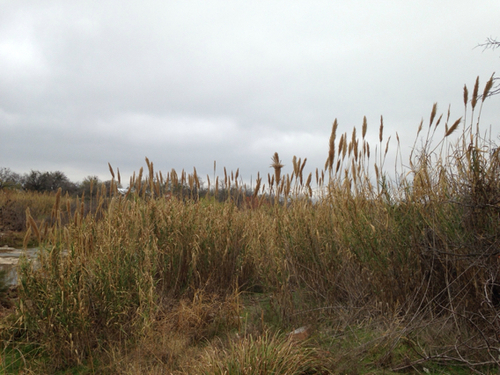Managing Giant Reed in the Texas Hill Country
Friday, May 20th, 2016This is Passport to Texas
Arundo Donax—or giant reed—may not be public enemy number one, but this non-native grass, which covers an estimated half million acres in Texas, shows up on Parks and Wildlife’s most (un)wanted list.
This is an invasive plant—especially when it gets into areas along rivers and creeks.
Monica McGarrity studies aquatic invasives for Texas Parks and Wildlife, and says thanks to recent increased legislative funding, the agency can expand management efforts of arundo to the Hill Country.
One of the reasons why we’re focusing on the hill country is because these are some of the headwaters areas, they’re really important, for some of our native fishes that are imperiled; including our state fish—the Guadalupe bass. And when it gets into these narrow streams and creeks and headwaters, it can just have some devastating impacts.
Such as bank failure, decreased water quality, and habitat disruption. McGarrity says the plan includes using EPA approved herbicides and revegetating banks with native species.
This project seeks to manage the arundo to minimize impacts on these imperiled fishes, and improve habitat quality and diversity and support these conservation initiatives.
Learn more about Arundo donax at texasinvasives.org.
The Sport Fish Restoration program supports our series.
For Texas Parks and Wildlife, I’m Cecilia Nasti.



 Passport to Texas is a
Passport to Texas is a  Passport to Texas is made available by:
Passport to Texas is made available by: